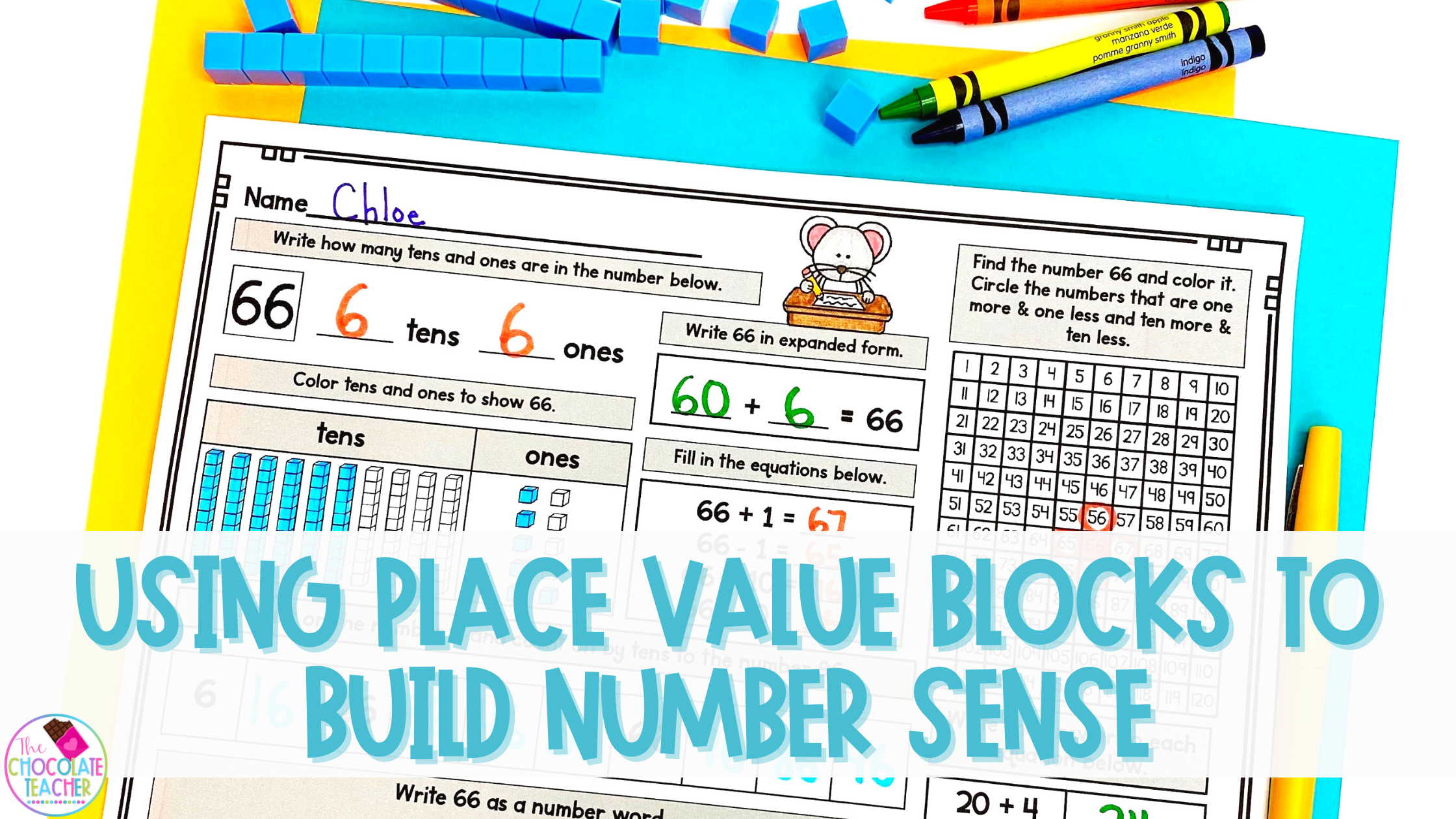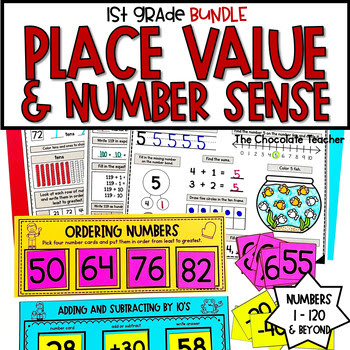The Benefit of Using Hands-On Math Tools
In the first-grade classroom, students are just beginning to learn all about how numbers are composed. This is a very abstract concept for young learners, so using hands-on manipulatives is essential for deeper understanding. When children are allowed to build numbers using place value blocks, it helps them to visualize groups of numbers and equations to strengthen their overall number sense. When students can physically represent each number, they can better understand more complex number sense concepts.
Aside from these key motivators to use number sense blocks, I've also found they really help to boost engagement. Students LOVE using tactile materials and anytime we pull out the place value blocks, I can count on snagging their attention. Ready to get started? Here's a list of my must-have tools for building number sense and how to use them!
My Favorite Number Sense Tools
First off, let's talk about the best hands-on math tools for young learners! If you're in the market for some number sense manipulatives, I highly recommend investing in a set of place value blocks. You can get place value blocks made in different colors and materials. I personally love plastic blocks because they are super durable. We use them so much and I want them to withstand that repeated use. But you can also find foam place value blocks too.
In my classroom, I made students their own boxes with a set of place value blocks, but if you aren't able to do this then use them in your math centers. Students will still get the benefit of working with the base ten blocks regularly! I also love this place value blocks mat that I found on Amazon. Just add some number cards and you have a fun, hands-on number-building center activity without a lot of fuss.



















0 Comments